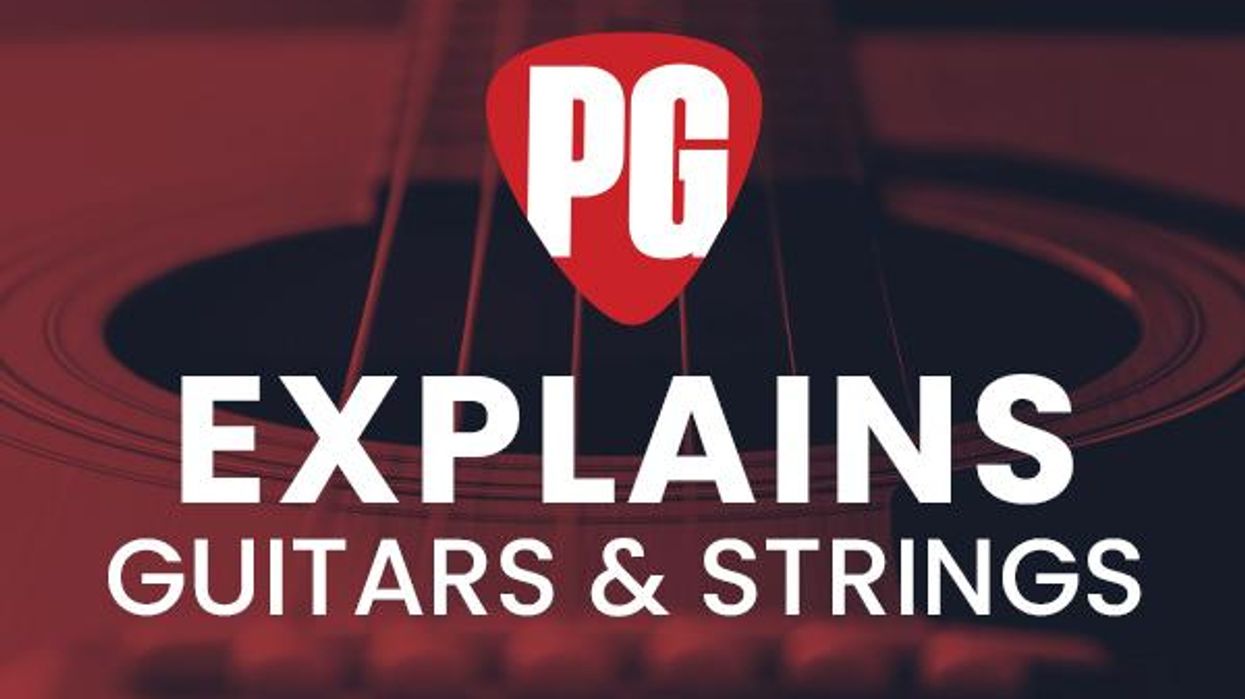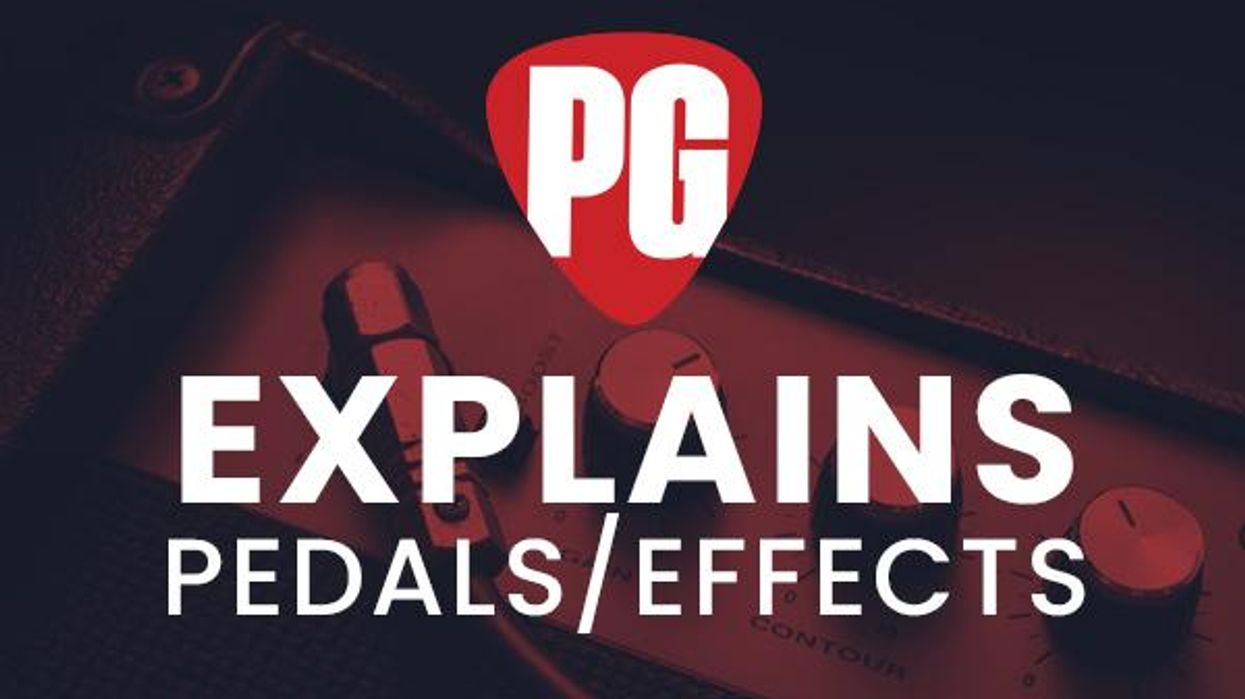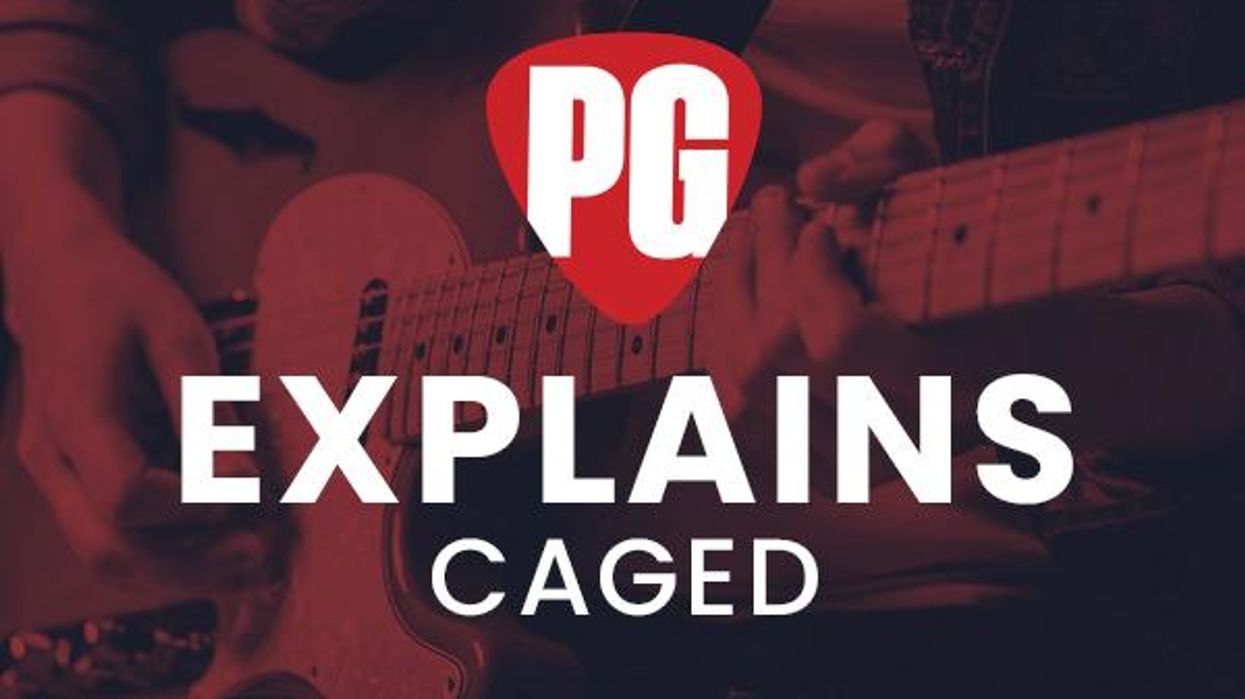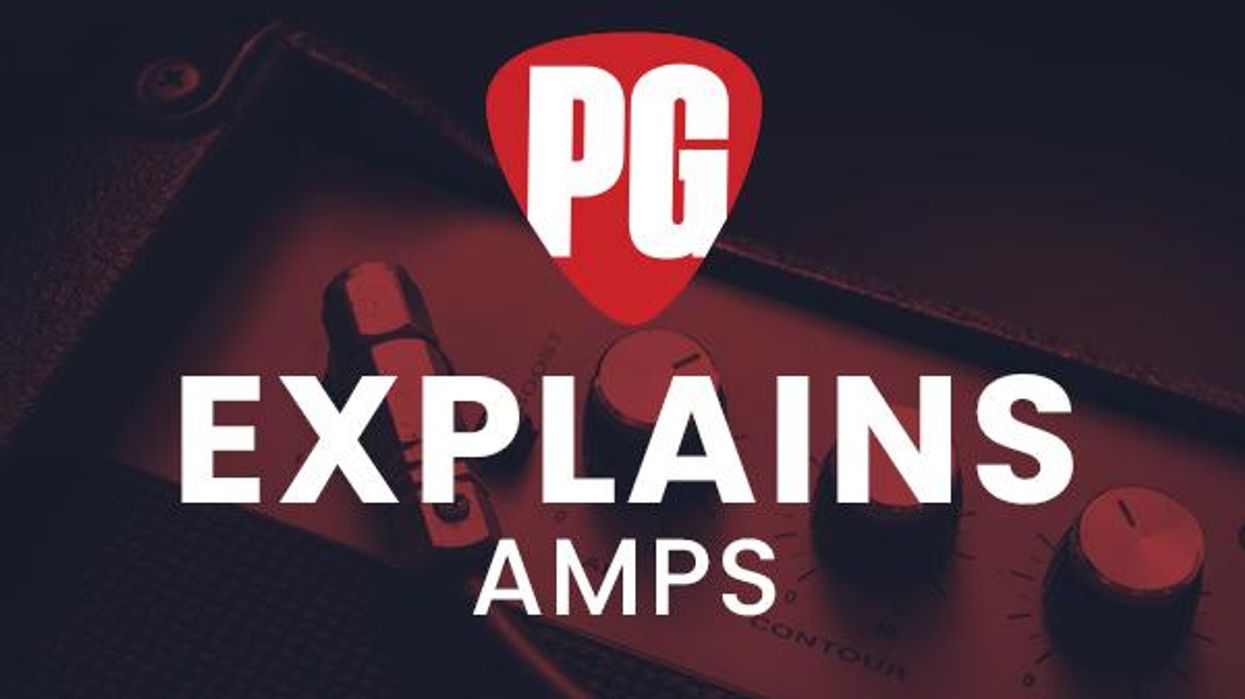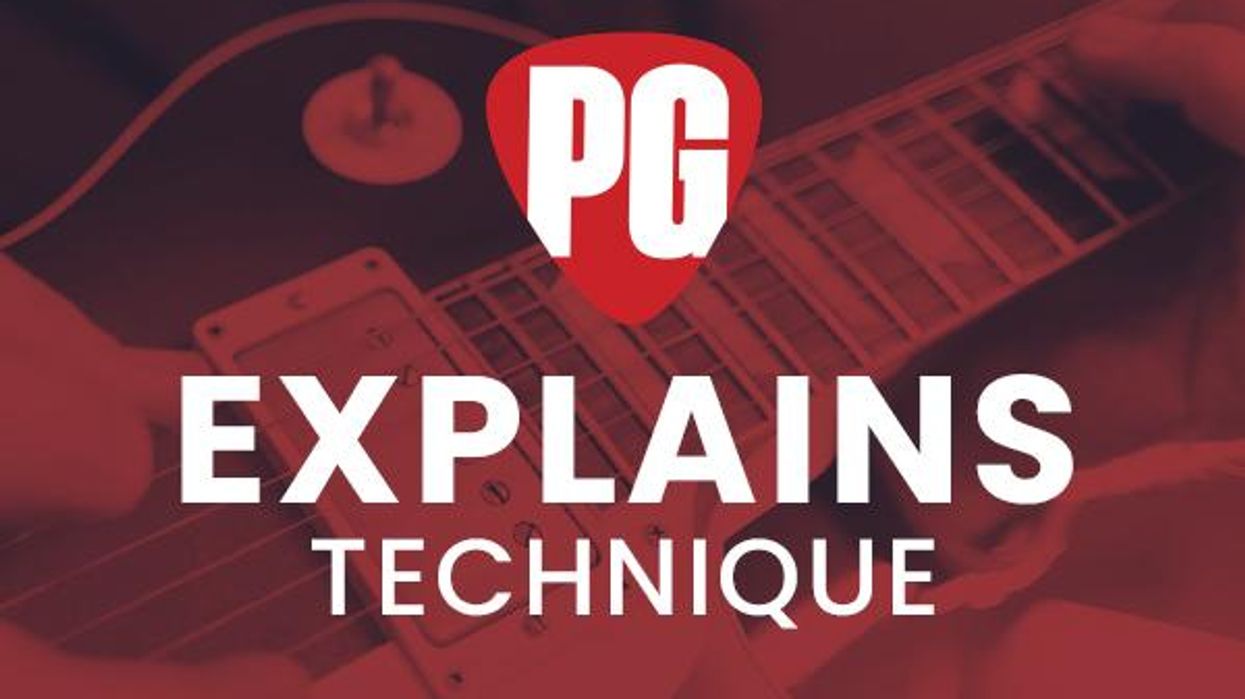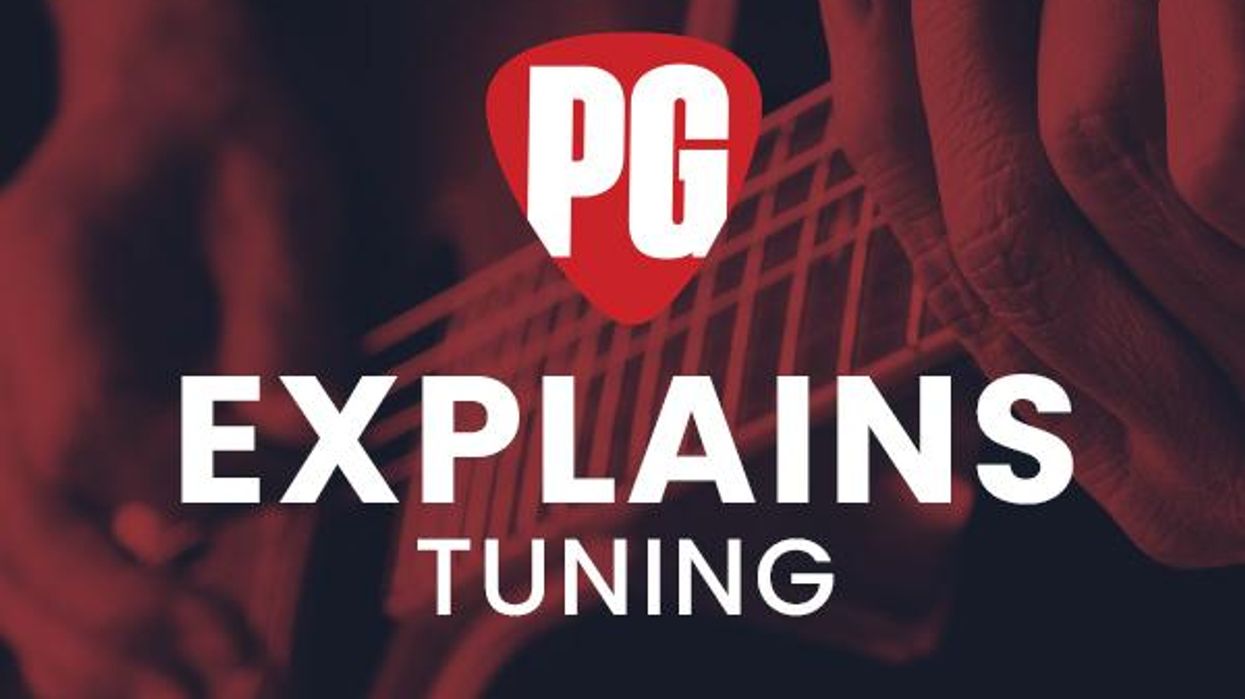What are the different parts of acoustic and electric guitars?
All guitars have essentially the same structure and parts. There is the headstock, which includes tuning machines and the nut; the neck, which includes the fretboard and frets; and the body, which includes the saddle and bridge hardware. Additionally, electric guitars have pickups, volume and tone controls, a pickup selector, and an output jack. Acoustic guitars usually have a round sound hole in the middle of the body, where the pickups sit on an electric.
What are guitar strings and gauges?
Most electric and acoustic guitar strings are made of steel or nickel-wrapped steel, while classical guitars use nylon strings. Gauge refers to the thickness of a string. The higher the gauge, the thicker the string will be. Lower gauge strings sound brighter and lighter in general, while higher gauge strings sound darker and heavier.
How often do I have to change guitar strings?
The rule of thumb is to change strings after 100 hours of playing time. For many players, that will mean roughly three months of use. For others, it’ll be six months—or six weeks. Pay attention to how the new strings feel and sound. When they start losing that mojo and you don’t like the sound or feel, change them.
What are sound holes?
These are the holes carved in the top (and sometimes sides) of acoustic and semi-hollow electric guitars that project the guitar’s sound. On an acoustic, they’re the circle, most often, in the middle of the body. On semihollow electric guitars, they’re long holes that come in various shapes. The most recognizable is the f-shaped hole, like you see on this Gretsch Electromatic.
What are pickups?
Pickups are magnets wrapped in coils of wire that convert the vibration of your strings into an electric signal, which is then sent on to your amplifier. The most common types are single-coil pickups, found on guitars like the Fender Stratocaster, and humbuckers, seen on the Gibson Les Paul. Since pickups’ positions on a guitar’s body give them unique tones, the pickup selector switch on electric guitars lets you choose which pickups you’re hearing.
Are guitars made from one single piece of wood?
No! They’re typically made from a number of different pieces and types of wood, which are glued and/or bolted together.
Are all guitars made of wood?
Not necessarily! Some builders use composite materials and laminates in their lines, or metals, or even Lucite, as in the famed Ampeg Lucite guitars and basses of the 1960s.
Can I do guitar maintenance myself?
There are lots of simple maintenance tasks that players can do themselves, like changing strings, polishing the fretboard, changing action and intonation, and adjusting the truss rod. But it’s best to read up on your specific guitar and how to do each of these tasks first.
Where can I find additional reading on guitar strings?
The following articles on guitar strings, tonewoods, and DIY improvements can be found online at premierguitar.com: “DIY: How to Choose Your Electric Guitar Strings,” “DIY: How to Choose Acoustic Guitar Strings,” “Does String Gauge Really Matter?,” “What Will Replace Classic Tonewoods?,” and “DIY: Seven Ways to Soup Up Your Guitar.”
